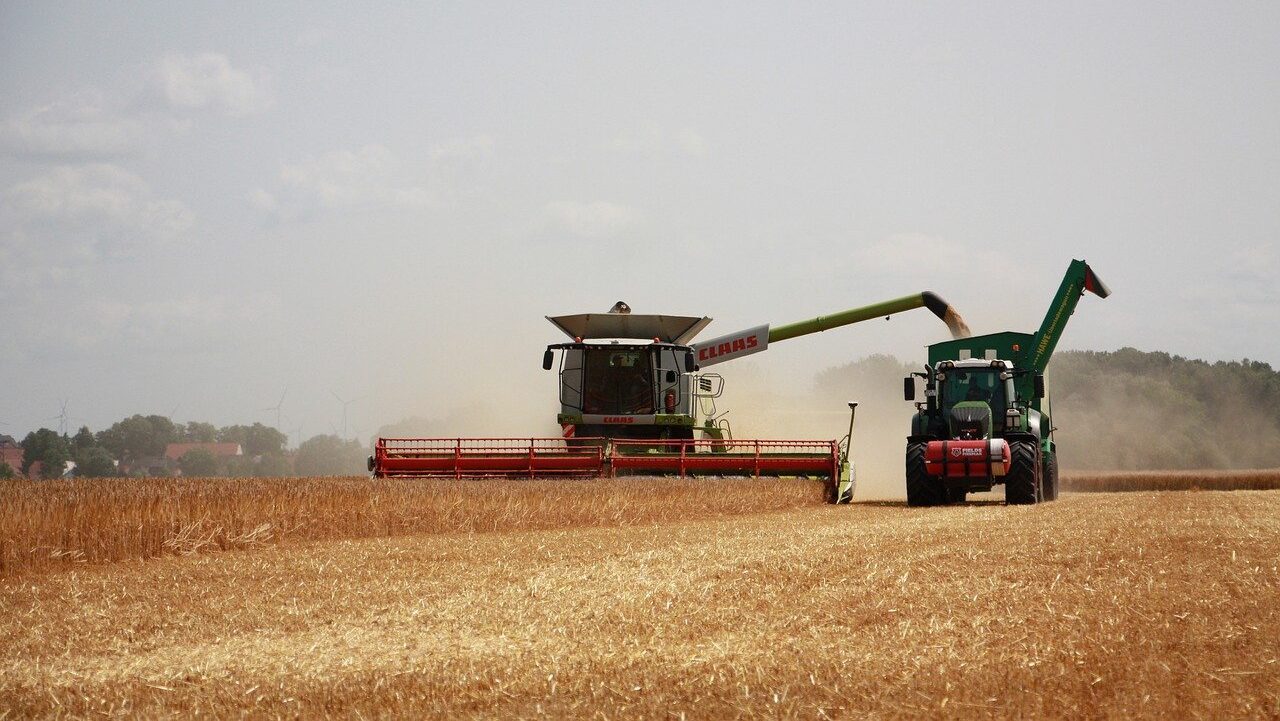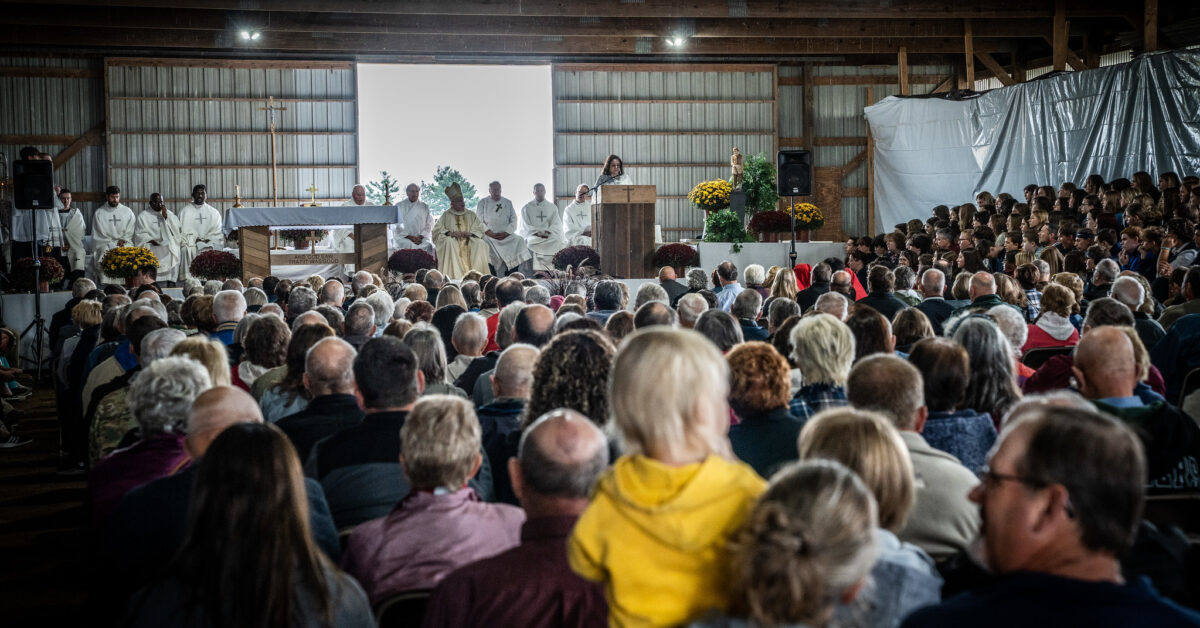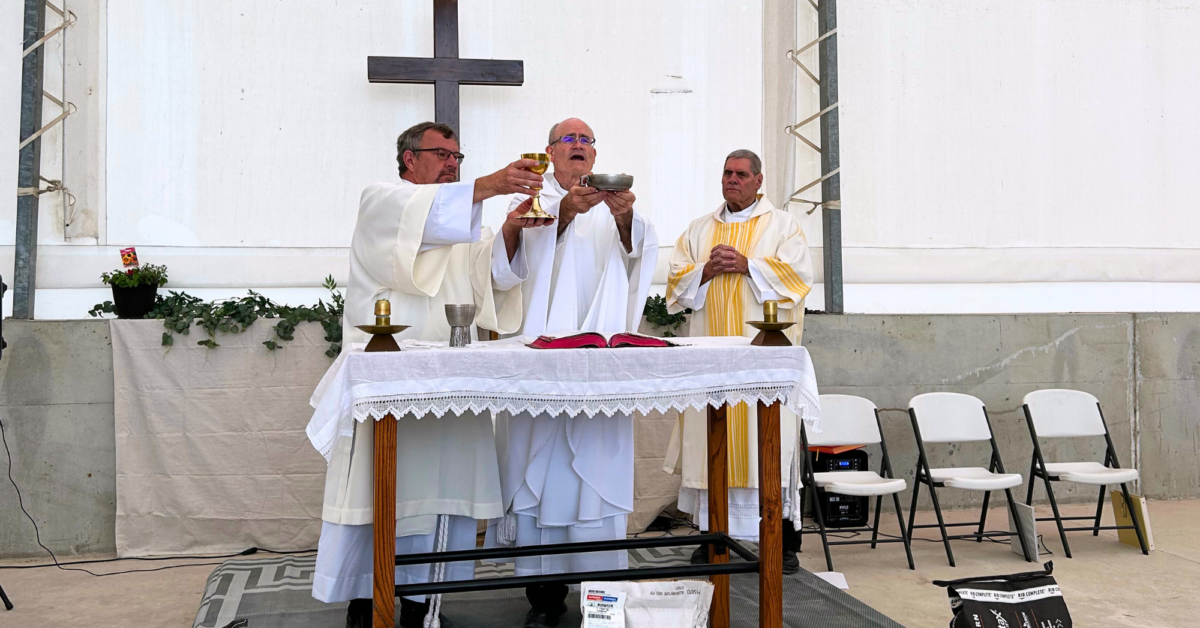 This article was published in our Spring 2015 magazine, “The Next Generation: Passing on Our Faith and Farms.” Click here to view the PDF version of this article, and visit the CRL Store to purchase the full magazine.
This article was published in our Spring 2015 magazine, “The Next Generation: Passing on Our Faith and Farms.” Click here to view the PDF version of this article, and visit the CRL Store to purchase the full magazine.
Conventional wisdom tells us that communities throughout rural and small town America continue to lose population, and perhaps most crucially, we’re losing our youth – the best possible source of new ideas, creativity, innovation and the very core of our small town future.
At the Center for Rural Affairs, while we recognize that such a narrative is certainly conventional, we also believe it lacks true wisdom. Fatalistic media narratives about the impending death of rural America, rooted in a 1980’s farm crisis mind frame, have long since outlived their usefulness. Rural and small town America is not dead, nor will it be dead any time soon.
 We cannot, however, assume the role of rural Pollyanna, glossing over the real challenges that our small towns face. Many counties across rural America have lost population, some for three or even four consecutive decades. This is not a demographic trend that anyone should lightly set aside.
We cannot, however, assume the role of rural Pollyanna, glossing over the real challenges that our small towns face. Many counties across rural America have lost population, some for three or even four consecutive decades. This is not a demographic trend that anyone should lightly set aside.
The loss of rural residents in the 18 to 29 year old age range within rural America’s total population loss has been thoroughly, even exhaustively, discussed for years. The full story of these rural demographic shifts is more complex. For example, take Ben Winchester’s recent report, Rural Migration: The Brain Gain of Newcomers. The research fellow at the University of Minnesota Extension Center for Community Vitality demonstrates that many parts of rural Minnesota are witnessing new residents, age 30 to 49, moving in.
Research at the University of Nebraska examined similar newcomers in the panhandle of Nebraska, which has witnessed overall population loss, but also a concurrent growth of newcomers in the 30 to 44 year age range. The Nebraska research also looked further into the qualities and attitudes of the panhandle newcomers, finding that safety, security, a simpler pace of life, and low housing costs figured prominently into their choices to move to rural, western Nebraska. Large percentages of the panhandle newcomers are educated (40% have bachelors degrees or higher) and have household incomes greater than average for the existing panhandle population (48% of newcomer have incomes over $50,000).
Leaving home, coming home, finding home
All this is to say that, perhaps, a more unconventional take on rural community development is in order. Namely, one that recognizes the full story of rural demographic and migration trends. Personally, I find the evidence within these research findings compelling. For me, these findings mirror what I have experienced in my own life. I grew up on a small family farm, attending school in Sheffield, Iowa (population 1,168). I left home at 18 to attend the University of Iowa. And fourteen years later, at the age of 32, I returned to live and work in a small town.
While I have moved, several times, since my return to small town America, the communities that I have lived in – Whiting, Iowa; Harvey, N.D.; and Lyons, Neb. – have offered me one thing in common: economic and professional opportunity.
I have written on multiple occasions that I believe the concern that many small town residents express about migration of their communities’ youth upon reaching adulthood is overstated. It is also certainly understandable, because we invest so much in the development and education of our children, and the visceral concern that we all feel about our children leaving home to forge their own way in life cannot help but influence our attitudes about larger trends and policy decisions that seem to accelerate that leaving.
What if, like me, many of our small town youth are leaving to get an education, to find a career, to start a family, and to create a home and life for themselves? Should we, in any way, discourage that? I could not feel more strongly about answering that question. No, we should not.
More likely than not, I will never return to my hometown of Sheffield for anything more than a visit. I’m blessed with the education that I received in the Sheffield Public Schools and with everything else I learned on our farm and in that community. But I’ve made a home in another small town.
I believe that is, in many ways, the answer to the rural community development question that declining rural populations have forced us to consider for all these years. Instead of focusing on “retaining” our small town youth we should work to create a vibrant future for our communities that will welcome them back, or welcome in other young families for the first time when they have gotten their education and are trying to find a place to call home.
Create a vibrant future for small town America.
In 2015, the Center for Rural Affairs (www.cfra.org) will reach the $12 million mark in small business development loans throughout our 25 year history of providing rural economic development services. Inspired by the international microfinance movement, our goal was to infuse capital back into local communities. In 1990, we created the Rural Enterprise Assistance Project (REAP) focusing on our home state of Nebraska.
 In some ways we’ve become like a bank ourselves. We are, however, a bank with a mission – put capital in the hands of local people who are underserved by other lenders. When capital is aligned with local needs, individuals in communities generate new economic activity.
In some ways we’ve become like a bank ourselves. We are, however, a bank with a mission – put capital in the hands of local people who are underserved by other lenders. When capital is aligned with local needs, individuals in communities generate new economic activity.
Every small business success is inspiring. And in the 25-year history of the REAP program, we have placed over 1,000 small business loans. That’s a lot of inspiration. The average loan in 2014 was just $17,246. In 2014, a statewide rural poll in Nebraska found an increasing number of rural people were self-employed. In all, 43% of rural households received part of their income from self-employment. In the most rural and smallest communities, that rose to 58%.
What binds this work to our mission is a simple belief. When capital and justice are aligned, local people have the resources to drive opportunity forward in their own community. This purpose-driven investment in rural entrepreneurship helps create the kind of economic opportunities that help create a vibrant small town future.
Yes, there are small towns across rural America that are struggling, towns that face stern economic and social challenges, including population loss, a rise in mental health issues among teens such as substance abuse and depression, and losses of key economic infrastructure and community institutions. It is a disservice to everyone who lives in rural and small town America to deny or ignore these issues.
I have learned, though, that there are also communities that are finding ways to overcome the challenges they face. Sheffield, Iowa, has seen a population rebound in the last decade after declining from a population of about 1,200 during my youth to just over 900 in 2000. Sheffield new boasts 1,168 residents, thanks to the growth of Sukup Manufacturing combined with some mainstreet entrepreneurship (nope, they don’t even miss me there anymore).
When Cody, Neb., lost their grocery store, students at the local school worked to develop and launch a community owned store that is run, in part, by students and widely supported by the community. Hemingford Public Schools in Hemingford, Neb., have redesigned their school lunch program, thanks to initial efforts by a junior high health class and their teacher, school nurse Judy Stewart. Hemingford’s lunches are now all made-from-scratch meals, with fresh fruit and vegetables available daily, and increasingly the school sources food from local sources.
These are but a few examples of small towns that I have seen and worked with, communities that foresee a vibrant future, with thriving mainstreets, lots of kids in school, and families moving in to town, even while young people go off to college and careers. These are towns that are finding ways to make things happen, which make them places people want to live in, return to, and make a home in.
![]() John Crabtree lives and works in Lyons, Nebraska (population 851). He encourages those who want to learn more about the work and programs of the Center for Rural Affairs or the communities mentioned here to visit www.cfra.org or contact him directly at johnc@cfra.org.
John Crabtree lives and works in Lyons, Nebraska (population 851). He encourages those who want to learn more about the work and programs of the Center for Rural Affairs or the communities mentioned here to visit www.cfra.org or contact him directly at johnc@cfra.org.
















